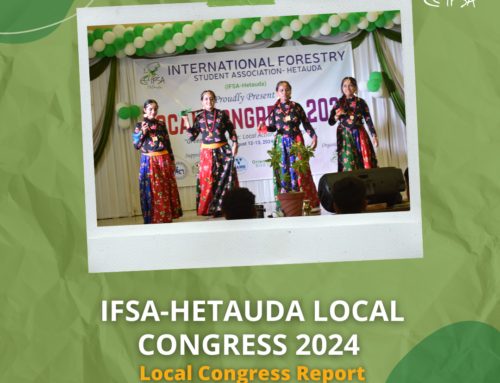A brief story about two interesting side-events at UNEA3.
by Max Krombholz, UNEP commissioner
The first panel was the hosted by the German Federal Ministry for the Environment, Nature Observation, Building and Nuclear Safety with the topic tackling air pollution – challenges for government and industry. After Mr. Jochen Flasbarthan gave an interesting introduction to the topic of the chances and possibilities for industry and government through an implementation of sustainable technologies and new policies, Scott Bohachyk from the UN Association in Canada pointed out the necessity of the youth for a green future:
“The youth have new ways of thinking and ideas for tackling environmental problems. Not just in Canada, but all over the world. Change has to come to overtake the old guard. The youth have to take this chance now, and not when it is too late. Because of a rising world population and a decrease in poverty all over the world, we have to act now and support the youth and children in green sustainable activities, from forest- to air- and water-related issues.” – Scott BohachykEvery one of the panelists agreed to this statement in the last minutes of the session.
The next event I attended was the evaluation of the World Bank on pollution. One of the key conclusions was that the overall investment on projects which are tackling climate change has risen significantly over the last few years– from 9% to 56%– from all World Bank investments. Additionally, they pointed out that the annual cost of pollution is up to 3-5% of the country’s gross domestic product (due to additional medical costs, for example). Nevertheless, the projects and investments from the World Bank, which are preventing pollution couldn’t keep up with the fast rise of the global pollution overall. As a conclusion, we could say, sooner or later without a significant change, the universal currency for every county will be the cost of pollution. Max Krombholz]]>



